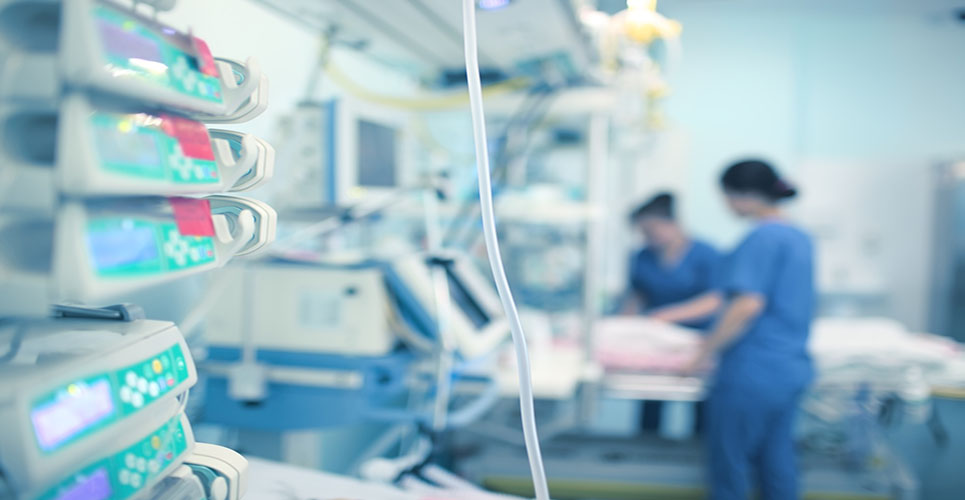The results of a new analysis published in the Orphanet Journal of Rare Diseases suggest that despite an increase in the number of approved orphan drugs in Europe, the overall growth in cost of these medicines as a proportion of total pharmaceutical expenditure is likely be sustainable over the next decade.
Currently perceived as a strain on resources, the budget impact of orphan drugs is projected to flatten from 2016 onwards.
It is predicted to stabilise at around 4-5% of the total pharmaceutical spending in Europe by 2020, suggesting that affordability should not be a barrier to access to treatments for rare diseases.
Concerns about the cost of orphan medicines are delaying the acceptance and uptake of these medicines and have led to uneven access across Europe.
Policy makers and healthcare managers are concerned that the future growth in orphan drug costs may be unsustainable to healthcare systems.
This fuels questions as to whether the European Orphan Drug Regulation, enacted in 2000, which created regulatory pathways and incentives for manufacturers of orphan drugs in Europe, needs to be revised.
“Orphan diseases have been ignored for a long time; prior to the introduction of the European legislation few products had been developed specifically for these patients,” said Adam Hutchings, partner at health economics consultancy Global Market Access Solutions, and one of the study authors.
“We hope these findings can further support the sustainability of the orphan drug legislation and provide a useful insight to aid healthcare policy makers when planning for the funding of orphan medicines.”
The study, titled Estimating the budget impact of orphan medicines in Europe: 2010 – 2020, suggests that despite an increase in the number of approved orphan drugs, the fast growth in expenditure seen in the past decade is unlikely to continue in the next 10 years due to four key trends:
- Orphan drug designations have increased in Europe but only a small proportion (approximately 10%) of designated products succeed in receiving a marketing authorisation.
- The loss of marketing exclusivity and patent protection for orphan drugs that were introduced shortly after the passing of legislation in 2000. For example, major orphan medicines such as imatinib and bosentan are expected to lose marketing exclusivity and patent protection by 2015.
- A slowing in the growth rate of the number of orphan drugs receiving marketing authorisation in new indications. Some 43% of those drugs which received the designation before 2011 will be for conditions in which other orphan drugs are already approved. The introduction of a second drug into a disease area in which other drugs are already licensed will have a smaller impact on total cost and it will not necessarily increase the number of patients who are eligible for treatment
- Only a certain percentage of patients will be diagnosed and only some will receive treatment. Those patients most appropriate for treatment may be identified quickly and treated, but the treatment uptake rate will diminish over time
Furthermore, results from this analysis have shown that the share of the total pharmaceutical market represented by orphan drugs is predicted to increase from 3.3% in 2010 to a peak of 4.6% in 2016 after which it is expected to level off through 2020, as growth falls into line with that in the wider pharmaceutical market.
“The majority of patients who rely on orphan drugs are coping with very rare diseases for which no alternative treatment exists,” said Yann Le Cam, Chief Executive of EURORDIS, the Patient’s European Organisation for Rare Diseases
“Provision of treatments for these conditions is part of the European ethos of allocating resources to those who need them most.
“This study provides further argument that access to the treatments for rare diseases should not be limited based on the their unsustainable burden on health systems, which in reality may be smaller than originally anticipated and currently feared by national competent authorities.”

